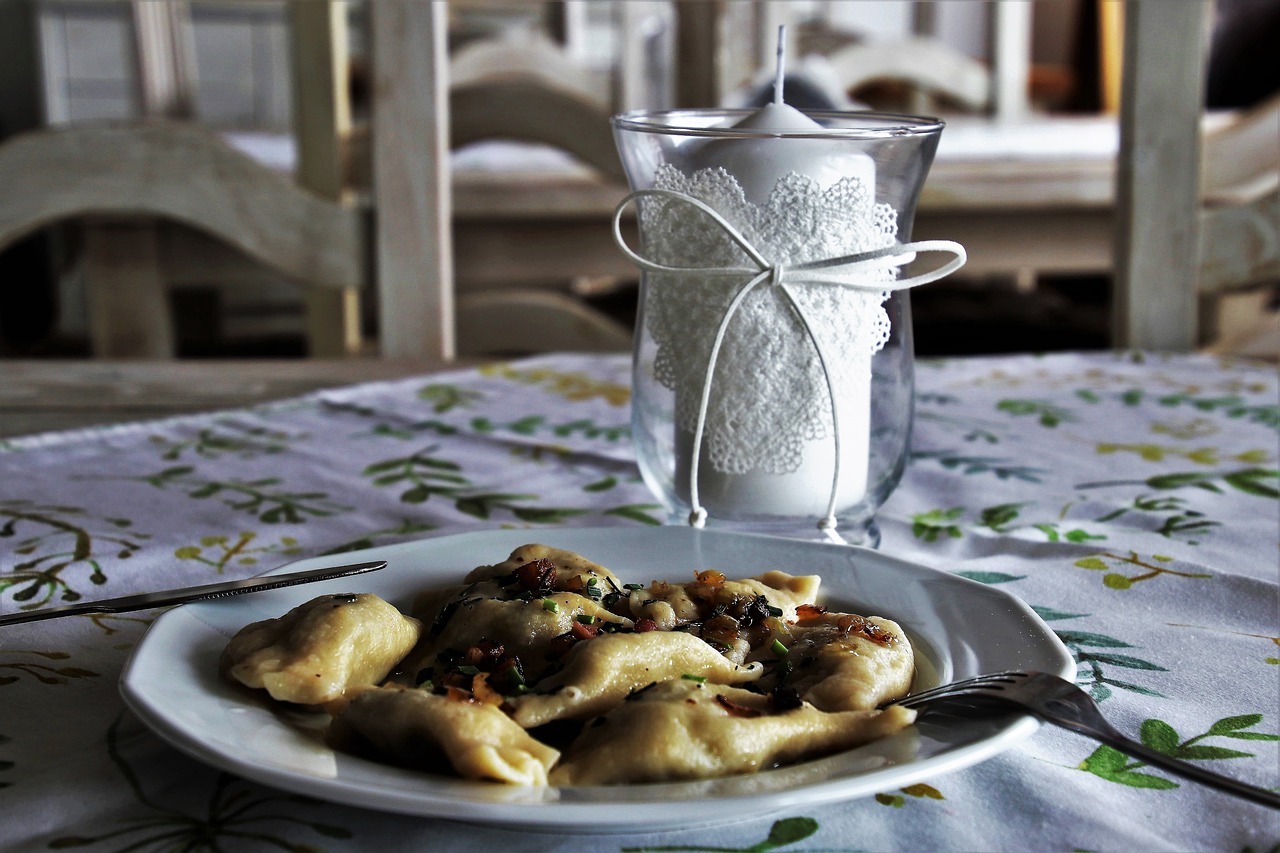April 30, 2024
Exploring Polish cuisine
Recently, my friend visited Poland. Before going there, of course, she asked me for some advice on places to visit and food to try. When she came back, she was in love with Polish food. So today, I decided to introduce you, dear reader, to Polish cuisine. I already wrote one blog about visiting Poland so that could be a nice addition if you are planning to go there (which I highly recommend!).
Polish cuisine is a rich mixture of flavours and textures that reflects a complex history of cultural influences. We have influences of Russian, German, Jewish, Italian, and even French. For many, a traditional Polish dinner starts with a clear soup such as rosół or a tomato soup, followed by substantial main courses like kotlet schabowy or pierogi. These dishes are not just staples but are integral to Polish dining culture, commonly served during family gatherings at home especially, on Sundays.
Here are some quintessential Polish dishes that you must try:
Pierogi
Pierogi are undoubtedly one of Poland’s most beloved foods. These stuffed dumplings offer endless variety, from savory fillings like seasoned white cheese, potatoes, and fried onions, to ground meat, cabbage, mushrooms, or sweet cottage cheese.
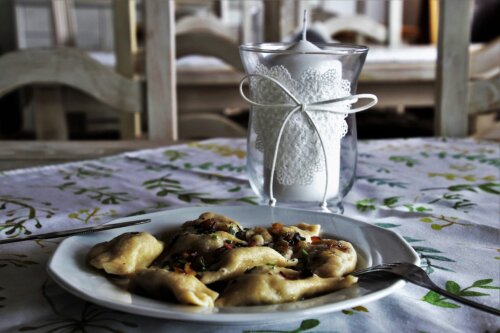
Kotlet Schabowy
The beloved kotlet schabowy is a staple in Polish cuisine. This breaded pork cutlet, often accompanied by mashed potatoes and a variety of salads such as mizeria (cucumber salad in cream), cooked carrots, peas, or beetroot, is a must-try for anyone exploring Polish food.
Bigos (Hunter’s Stew)
Not just for the holidays, bigos is a Polish dish year-round. This tasty yet simple stew is primarily made with sauerkraut and fresh cabbage mixed with various meats. The magic of bigos comes from the blend of spices and the slow-cooking process, which enriches the flavour. It’s a dish that fills the home with its inviting aroma, evoking pre-holiday culinary traditions.
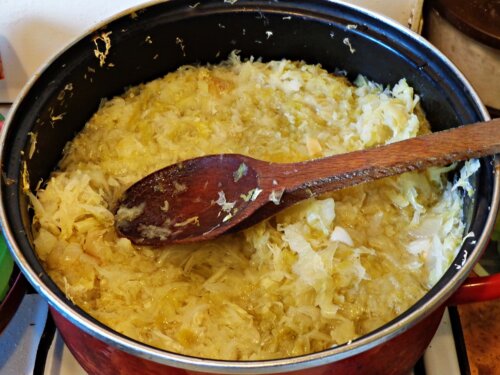
Kluski Śląskie (Silesian Dumplings)
These dumplings are noted for their round shape with a characteristic indentation in the center, traditionally served with a roast sauce and a piece of succulent roasted pork.

Żurek (Sour Rye Soup)
This sour rye soup garnished with sausage, bacon, potatoes, and spices, enriched with cream, is a staple during Polish Easter celebrations but is also enjoyed year-round for its comforting warmth.
Galareta Mięsna (Meat Jelly)
A traditional dish, often made from poultry and pork, set into a gelatin made from a meat broth. Once popular, it’s typically served cold, sliced, and garnished with pieces of meat, carrots, parsley, or other additions. It’s a dish rooted in rural traditions and is commonly presented at special occasions and formal dinners.
Śledź w Oleju (Herring in Oil)
This dish, featuring herring in oil with finely chopped onions, combines sweet and sour flavours. Traditionally popular during the Communist era as an affordable snack, it remains a favoured starter at modern Polish gatherings and during Christmas. It is also a common side when drinking alcohol.
Gołąbki (Stuffed Cabbage Rolls)
These are cabbage leaves stuffed with meat and rice or buckwheat and mushrooms for a vegetarian option, usually braised in a tomato sauce or served with a roux. Gołąbki are a versatile dish that pairs well with boiled potatoes or a simple tomato and onion salad.
Krokiety (Croquettes with Cabbage and Mushrooms)
These croquettes, crispy on the outside and moist inside with a filling of cabbage and mushrooms, are often served as a side dish with red borscht or as a standalone vegetarian meal.

Knedle (Potato Dumplings with Fruit)
A beloved Polish dish, these potato dumplings are filled with fruits like plums, strawberries, or blueberries, and are often served warm with melted butter, breadcrumbs, sugar, cinnamon, or sour cream.
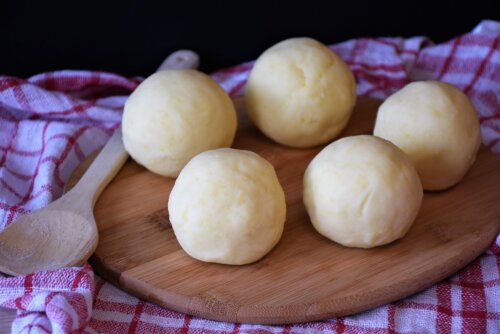
Desserts: A Sweet Slice of Polish Tradition
No exploration of Polish cuisine would be complete without indulging in its desserts. From apple pie (szarlotka) and cheesecake (sernik) to poppy seed rolls (makowiec) and various kinds of doughnuts and pastries, Polish sweets are an essential part of the culinary experience.
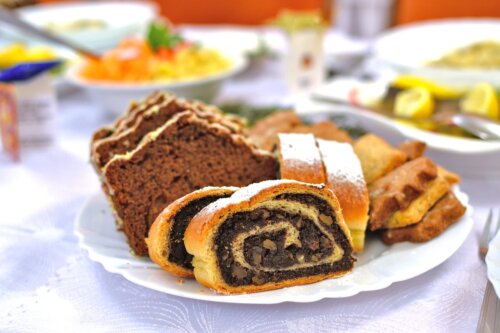
From its hearty stews to its delicate pastries, Poland’s culinary tradition is a testament to its rich heritage and geographical diversity. I personally feel that this blend of the old and the new makes Polish cuisine a must-explore realm for any food lover.
/Aleksandra, Experimental and Medical Biosciences
________________________________________________________________________________________________
Why don’t continue the conversation with us?
Start with checking out:
Our programmes, the application process, webinars, and our Instagram and Facebook account.
Still left wanting more?Book an appointment with our recruitment coordinator at international@student.liu.se.
